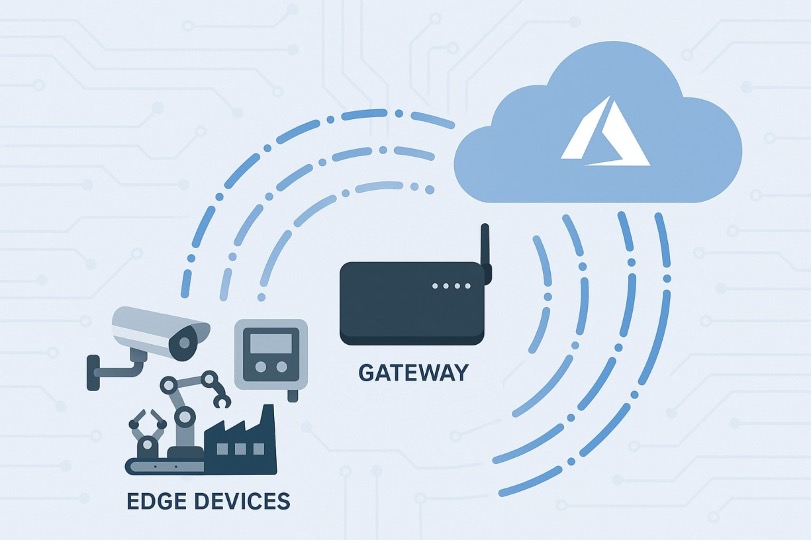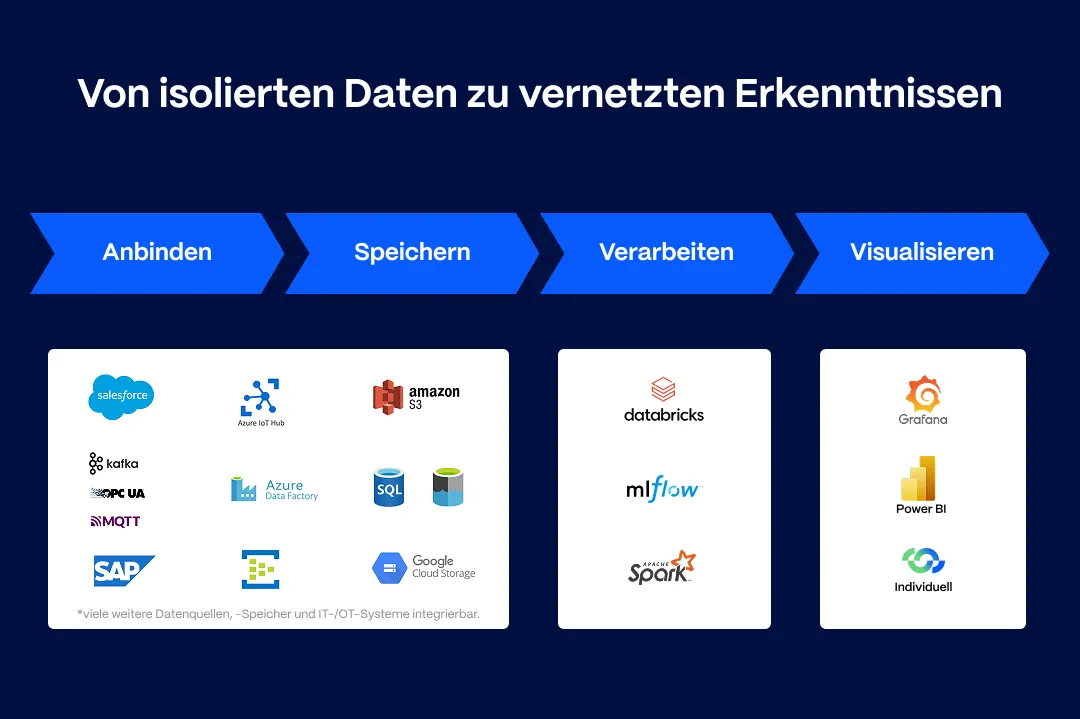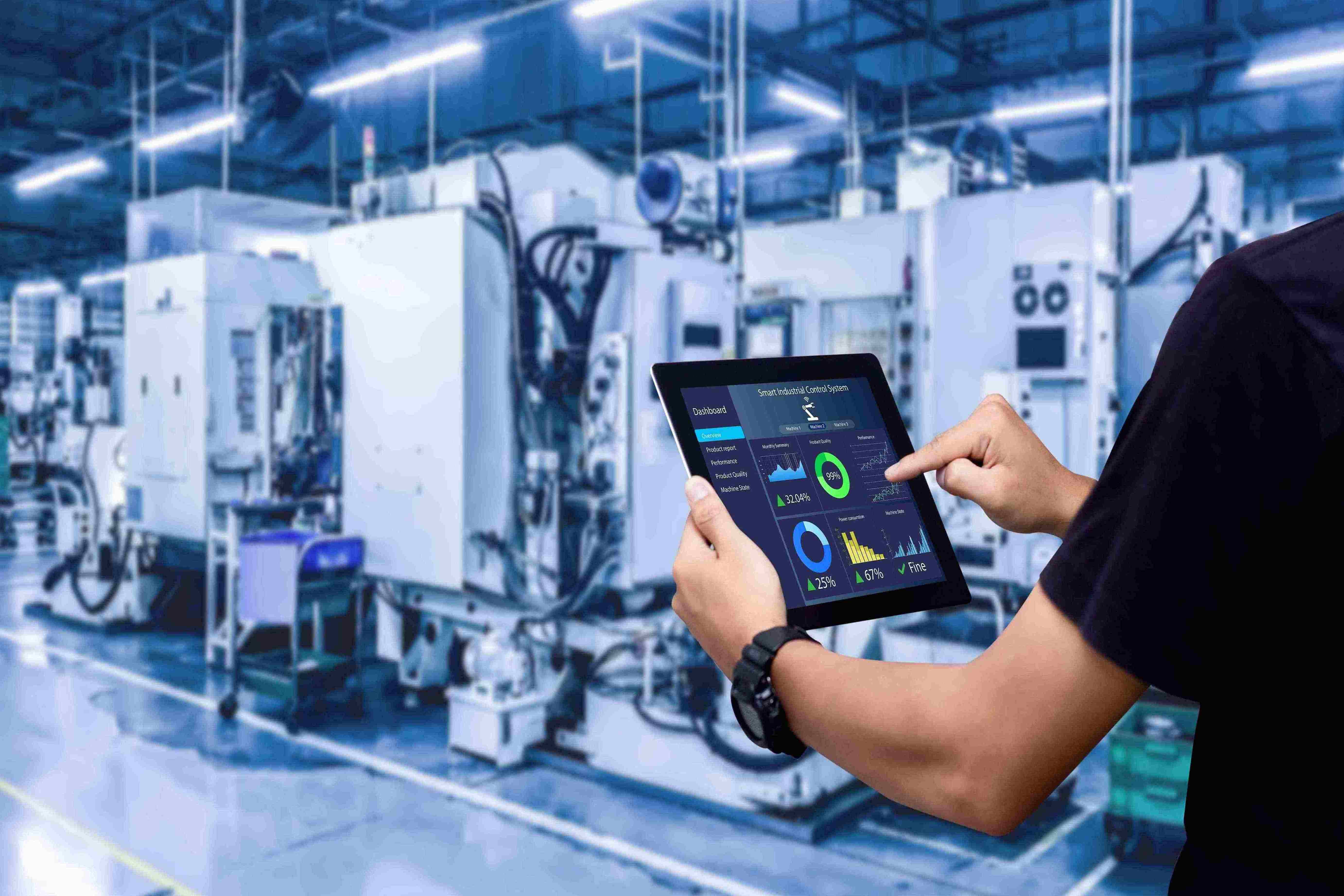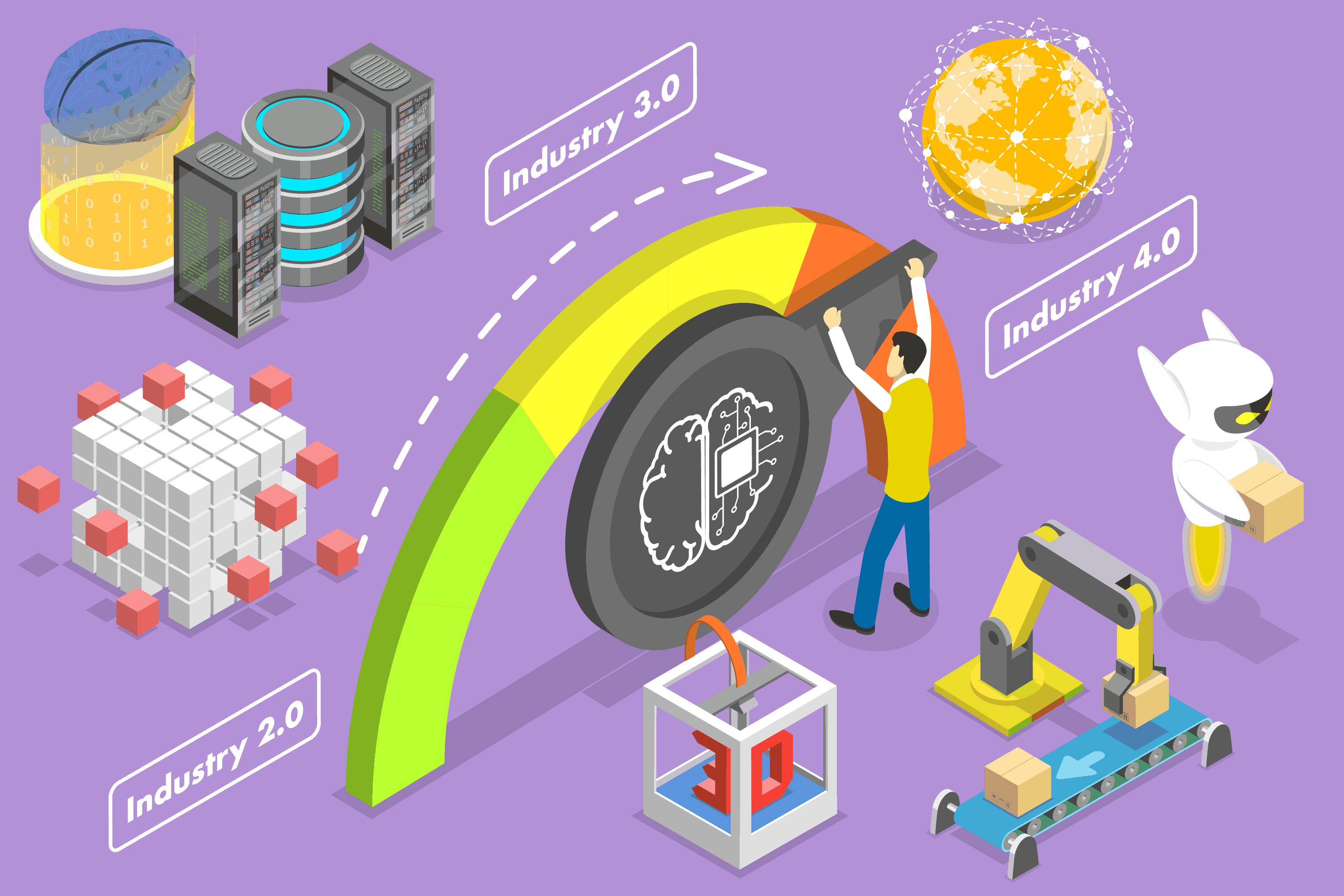Fusion Strategy

In a world where physical and digital boundaries are becoming increasingly blurred, merger strategies — the integration of physical products, digital services, and interdisciplinary ecosystems — are becoming increasingly important. These approaches not only create new added value, but also define the business models of the future. But how can data and AI be seamlessly integrated into products, services and systems?
The journey to Fusion Products: Data as the key
The era of purely physical products is a thing of the past. Today, it is data that determines the innovative strength and long-term success of a product.
Data-enriched products, such as Tesla vehicles, show this paradigm shift. From the start, these products collect and use data to continuously evolve through AI and machine learning.
One example of this is Tesla's over-the-air updates, which enable iterative improvements without the need for physical recalls. At the same time, the collected driving data opens up new markets, such as AI-based insurance models. At the heart of these innovations is an integrated ecosystem that combines physical products with digital functions and infrastructure.

From products to product service systems
Modern business models are moving away from pure product sales towards holistic, data-driven service offerings. A prime example of this is Rolls-Royce's “power by the hour” approach: Instead of selling aircraft engines, the company provides the machines — billing is usage-based, depending on actual use.
This change from ownership to use has a decisive advantage: All machine operating data remains accessible to the manufacturer. This creates a continuous database that is used with artificial intelligence for predictive maintenance, efficiency optimization and failure prevention.
This change makes it clear that companies are no longer just selling products. Instead, they offer comprehensive, long-term solutions that create added value and strengthen customer loyalty.
This creates completely new value creation opportunities: Data makes it possible to monitor the condition of machines in real time, plan maintenance as required and minimize downtime. Customers benefit from measurable benefits instead of mere ownership — this also changes the understanding of roles in the market. Companies are becoming partners in ongoing operations, not just suppliers. Anyone who shapes this change at an early stage creates a clear competitive advantage in the age of data-driven services.
Fusion Systems: Connected Solutions for Maximum Efficiency
Fusion Systems do not create individual products, but networked, learnable ecosystems — and thus set new standards in efficiency and sustainability. An impressive example: Burj Khalifa's facility management.
By fully integrating lighting, air conditioning, security systems and elevators via central, AI-supported building management, the Availability increased to 99.95% and the Maintenance costs reduced by 40% become. This is made possible by technologies such as digital twins, IoT sensors and Honeywell's outcome-based services, which analyze data in real time and act proactively — before failures occur.
The result: an almost autonomous high-rise building that optimizes itself, saves resources and at the same time guarantees a new level of comfort and operational safety

Fusion Solutions: Customer-focused Ecosystems
Fusion Solutions are shifting the focus from optimizing individual products to developing connected, customer-focused ecosystems. The focus is no longer on the individual device, but on measurable added value for the user — made possible by intelligent technologies, continuous use of data and systemic thinking.
John Deere offers an outstanding example. The tractor is no longer just a powerful machine, but part of an overall digital system. By combining artificial intelligence, satellite data and precise soil models, farmers gain detailed insights into soil conditions, weather patterns and optimal time windows for sowing and harvesting. The machines communicate with each other, adapt to the situation and enable decisions based on real-time data. This not only increases efficiency and yields, but also makes an active contribution to greater sustainability in agriculture.
What makes this approach particularly strong is the interaction within a growing partner network. Software providers, weather services, agricultural startups and data platforms complement their own offerings to form a comprehensive digital service ecosystem. John Deere is no longer just a manufacturer, but as a platform operator who creates added value from cooperation.

Interdisciplinary Collaboration as a Success Factor
Merger strategies require close collaboration between different areas such as data science, engineering, marketing, and customer service. Only through this synergy can companies develop intelligent ecosystems that seamlessly merge physical products, digital features, and services
Decisive Questions for Managers
In Order to Survive in a Competitive Market, Decision Makers Must Answer Two Key Questions:
- Which business areas are affected by usage data?
- How comprehensive and meaningful is this data?
The answers to these questions lay the basis for a successful merger strategy and create the conditions for a future in which physical and digital worlds work together harmoniously to deliver real added value.

Conclusion
The challenge is not to develop an isolated product, but a seamless ecosystem that continuously adapts to the needs of the market and customers.
Ready to unleash the potential of your hardware with smart data? Talk to our experts and develop your individual fusion strategy for sustainable business models!
Share this article

%20(3000%20x%202000%20px).png)

.png)















